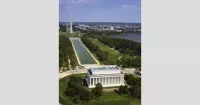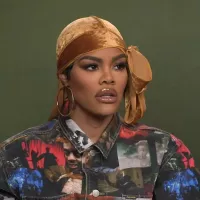The Justice League, originating in DC Comics' "The Brave and the Bold #28," is a superhero team conceived by Gardner Fox as a revival of the Justice Society of America. Unlike teams created solely for ensemble narratives, the Justice League consists of established, independently operating superheroes who unite against formidable threats. The team typically features popular characters like Superman, Batman, and Wonder Woman, alongside lesser-known heroes who gain exposure through the group's activities.
Mentioned in this timeline
Marvel Comics founded in as Timely Comics by Martin Goodman...

Washington D C is the capital city and federal district...
World War II - was a global conflict between the...

Books are a means of storing information as text or...

The horse scientifically known as Equus ferus caballus is a...

War is defined as an armed conflict involving the organized...
Trending

Eugenio Derbez is a highly successful Mexican actor and comedian renowned for his work in both Spanish and English language...

2 months ago Angela Bassett As Queen Ramonda Stuns At Vogue World 2025; Black Panther Tribute.

8 months ago Tesla Board Initiated CEO Search to Replace Elon Musk Amidst Leadership Concerns.

9 months ago Milo Manheim and Liz Gillies bond in Little Shop of Horrors, extend run.

1 month ago Alexander Skarsgård reminds Miriam Margolyes of their meeting; addresses sexuality question, states 'not really' gay.

2 months ago Jeremy Renner faces accusations of ICE threat and misconduct controversy in Hollywood.
Popular

Stranger Things created by the Duffer Brothers is a popular...

XXXTentacion born Jahseh Dwayne Ricardo Onfroy was a controversial yet...

Kelsey Grammer is an accomplished American actor producer and singer...

Candace Owens is an American conservative political commentator and author...

Bernie Sanders is a prominent American politician currently serving as...

Melania Trump a Slovenian-American former model has served as First...